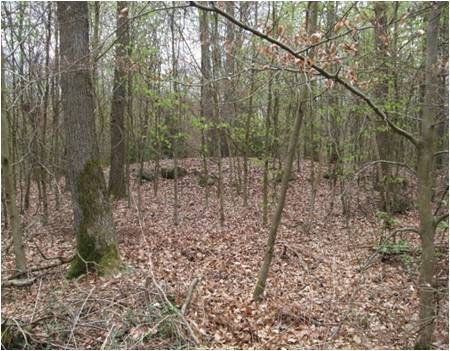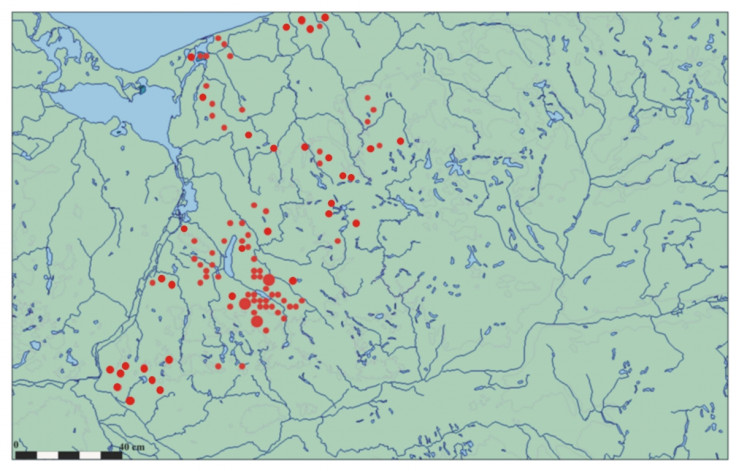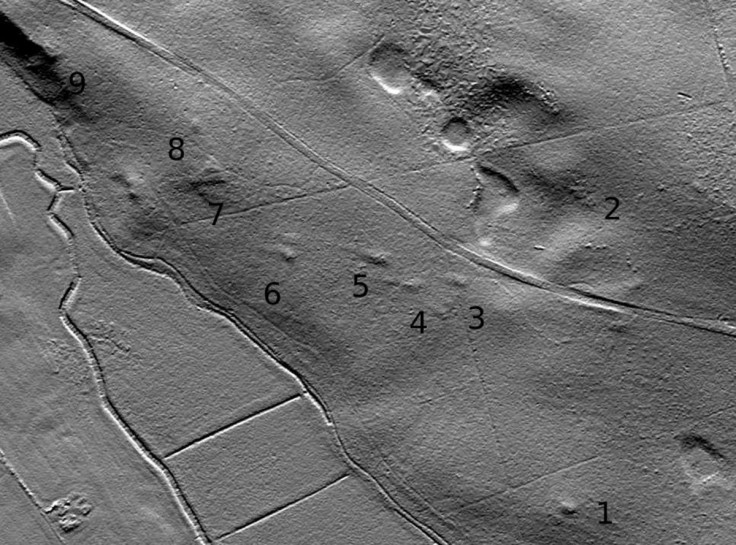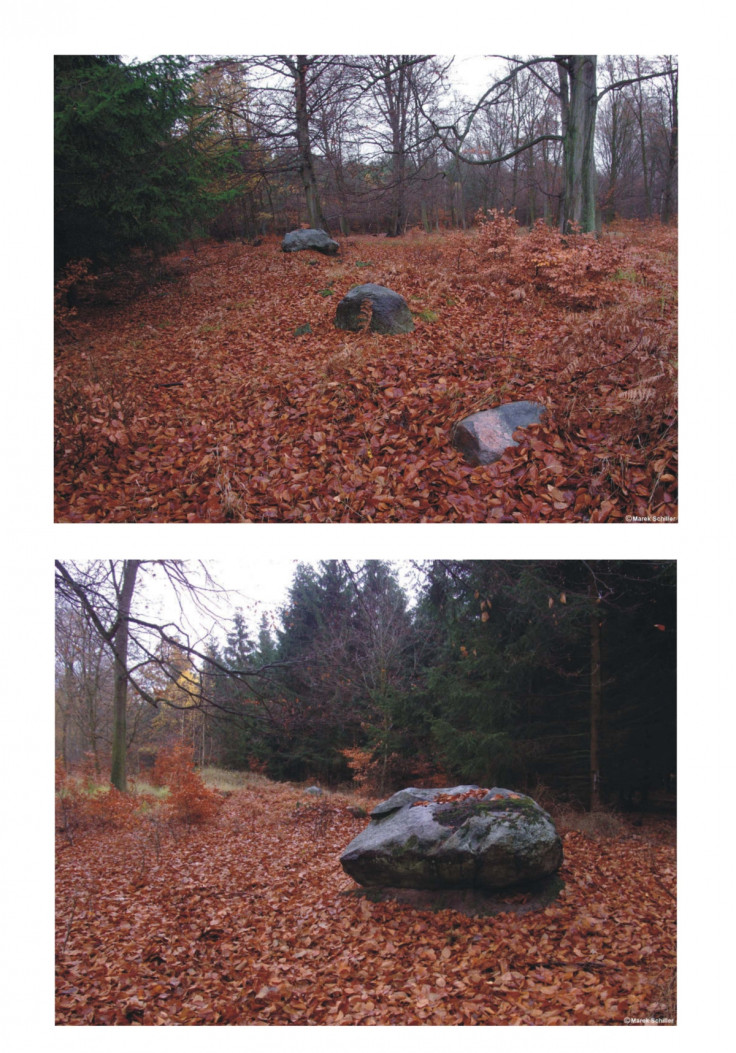Stone Age mystery tombs: Massive burial structures open window into our ancestors' past

The archaeological remains of 18 ancient, mystical megalithic tombs have been discovered in Western Pomerania, Poland.
These funerary monuments, sometimes referred to as "Polish pyramids" because of their triangular shape date back between 5000 and 2000 BC. They have long exerted a real fascination, and sometimes fear, in the population that came after them and lived around them. In the Middle Ages, people were scared of their huge sizes and imposing appearance. The area they stood in was viewed as places of dark magic, inhabited by giants.
Megalithic monuments can be found all across Europe, and are particularly famous in Ireland. They come in all shapes and forms, from passage graves, and gallery graves, to dolmens, menhirs and stone circles. Although their name comes from the Greek "great stone", they were sometimes made up of other materials, including wood.
In Poland, megalithic tombs began to appear in the era known as the Neolithic or New Stone Age. Since then, they have been inherently part of the country's cultural identity, at the heart of ancient Polish legends and literature.
Rescuing the structures from oblivion
A majority of known megalithic tombs have either been damaged by the passage of time, or have been destroyed, with the reuse of the stones for other purposes.
"The first stage of destruction might have taken place in the prehistoric times when younger communities used the megalithic tombs for secondary burials that were buried into the megaliths or they were just target of robberies", Dr Agniezka Matuszewska, who led the archaeological exploration in Pomerania, told IBTimes UK "In the Middle Ages the megaliths could have been destroyed by Christians as places of pagan cult."

However, she was convinced that ancient secrets were still there, in the forest waiting to be discovered and saved from oblivion. "The West Pomerania region is so important in prehistory, not only in the Polish area, but also in Central Europe, though it has remained of no interest to archaeologists for a long time. It is very important to pursue archaeological work in the area," she added.
Archaeological research in woodlands
Since 2011, she has been carrying out a conservation project in the region, with the department of Archaeology of Szczecin University. Many of the megalithic tombs were built on farmland and have been removed to make space for agricultural production. It means that most of the surviving monuments are to be found in forests but are more difficult to spot in the leafy vegetation.
With her team, Matuszewska has used a method called "airborne laser scanning" to unearth sites of potential interest in Pomerania woodlands.

It allowed the collection of data such as air transparency, concentrations of air pollution, geographic coordinates and estimation of the altitude above sea levels, to obtain models of the land called "Digital Terrain Models", without vegetation, forests or constructed buildings.
Employing these digital maps, the scientists were then able to observe where known megalithic structures were standing, but also traces of the 18, previously unknown, tombs.
Ambiguous functions
The findings were verified in the field and allowed archaeologists to commence conservation work.
"The structures are in the various states of preservation - some are preserved quite well, the others were devastated by works in the forests, the stones were found falling apart. Unfortunately, their function is not unambiguously clear", Matuszewska explains.

However, the discovery still opens up interesting perspectives into the lives of Neolithic societies. Thus begins an important work of analysis of the structures and of their locations, with the scientists reaching hypotheses about what they were used for.
Their first presumption was that megalithic tombs served as temples where mysterious cult ceremonies were allowed to take place. "Posthumous initiation rituals, under the patronage of the Mother Goddess is at the essence of megalithic religion," says Matuszewska.
Another interpretation was that megaliths were simply elements of space organisation, located at the centre or at the edge of a territory to mark the fact it belonged to a particular community.
It is also almost certain that, because of huge form as well as the effort to construct them the people who were buried underneath were figures of authority, likely to be political or religious leaders.
As long as these mysteries remain, Agniezka Matuszewska and her team think the public will find a real interest in archaeology. They will continue to look for megalithic tombs in remote parts of Poland until they unravel all their secrets. "We believe that a trip into the past can be incredibly interesting, intriguing and full of adventure for everyone, archaelogists and non-archaeologists alike", she concludes.
© Copyright IBTimes 2024. All rights reserved.























